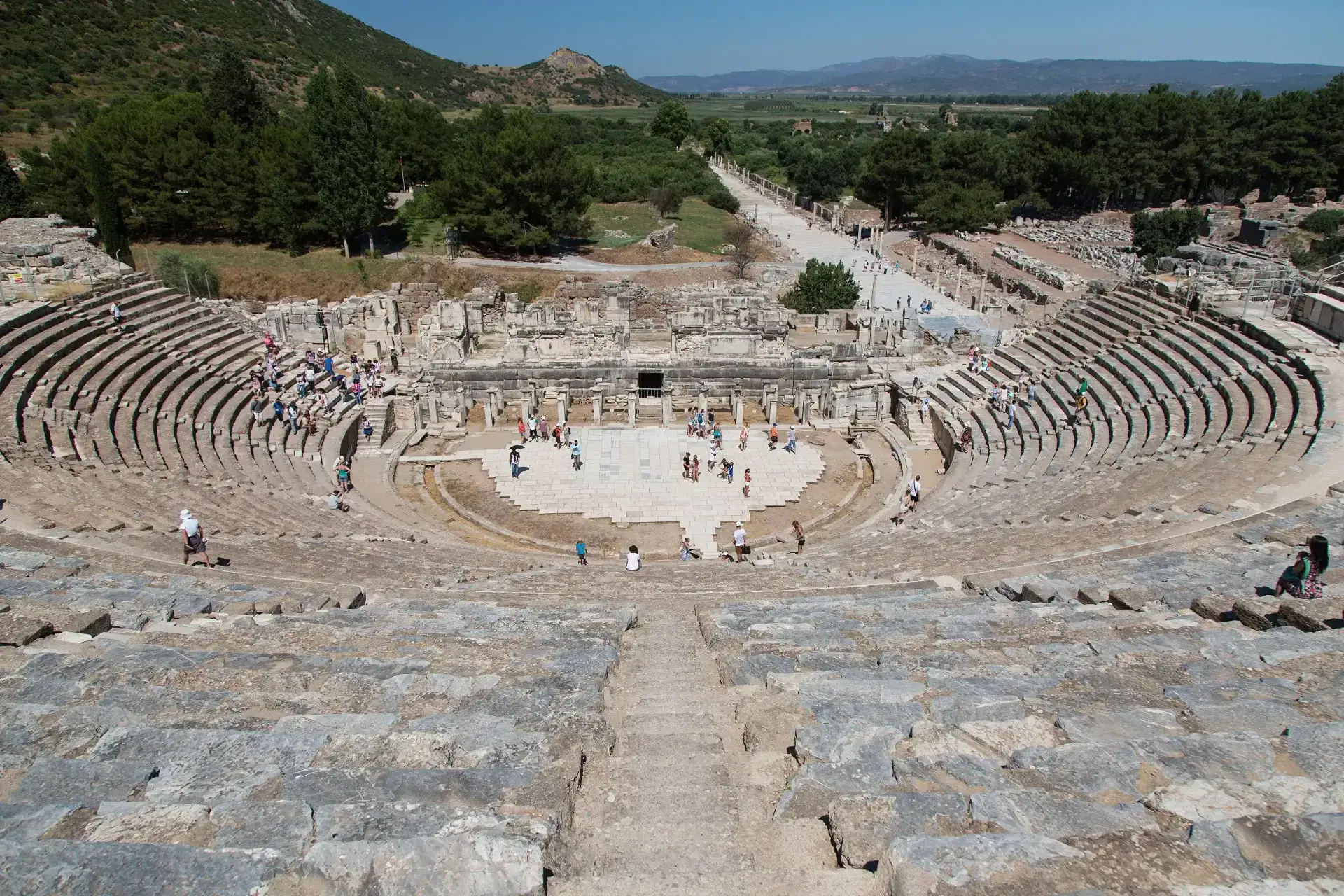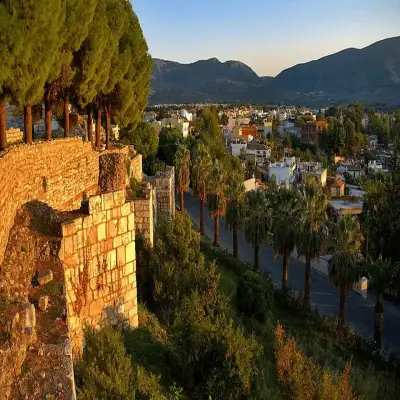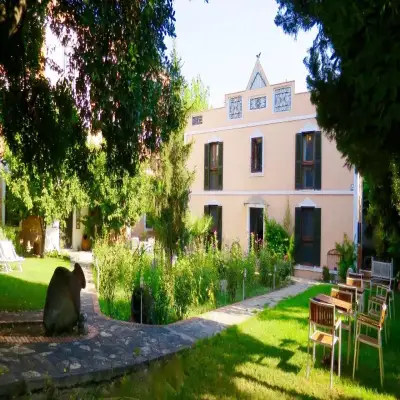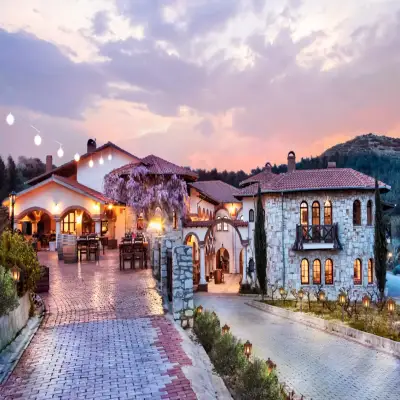
Selcuk Guide
Selçuk Efes is a touristic district of Izmir, located on the Aegean Sea coast, approximately 70 km. south of Izmir, with extraordinary historical and natural beauties and riches. The district is one of the most important centers of archaeology, history, religion and culture not only in our country but also in the world.
Selçuk is one of the most interesting districts that has brought together different religions and cultures throughout its rich history and still continues to do so. Today, it is like an open-air museum that reveals many ruins brought by the snow from ancient times to the present day. Every region of Selçuk is really worth seeing with its sea and nature as well as its history.
Ephesus, the most visited archaeological site in Turkey and an important center for the Christian religion, is one of the best preserved and restored ancient cities in the world. The Library of Celsus, one of the most important centers of knowledge of ancient times, the 24,000-seat theater that still hosts concerts and cultural events today, terrace houses, baths and public toilets that reflect the life of that period in detail are all part of this extraordinary city. The Ephesus Museum in Selçuk is a must-visit museum where artifacts from the city of Ephesus are exhibited. The Temple of Artemis, dedicated to Artemis, who symbolizes fertility, is one of the seven wonders of antiquity.
Selçuk Castle, which dominates the whole of Selçuk, was built during the Byzantine period and was also used by the Seljuks. Its illuminated view at night gives the district a distinct mystical atmosphere. The 6th century Basilica of St. Jean, where the tomb of St. Jean, one of the apostles, is located next to the castle.
Built in the 14th century by Isa Bey, Isa Bey Mosque is one of the most beautiful examples of Seljuk architecture. The proximity of these two buildings belonging to different religions and the modest beauty of the Isa Bey Mosque reflect the religious tolerance of that period. Mount Bülbül, 7 km from Selçuk, and the house where the Virgin Mary is believed to have spent her last days at the top of it, bring many people of different religions together even today. Last visited by Pope Benedict XVI in November 2006, the Virgin Mary is also a place of pilgrimage for Catholics.
Şirince Village, located 8 km from Selçuk, is a wonderful village under protection with its historical houses and natural beauty. It is famous for its fruits, fruity wines, olive oil and authentic life. With its 11 km sandy beach, Pamucak Beach is another natural beauty of the district worth seeing.
Selçuk Ephesus, with all these beauties, welcomes many tourists not only from our country but also from all over the world. Selçuk, which has an influx of visitors every season of the year, is the address of those who want to have a vacation in a peaceful and mystical atmosphere in summer and spring.
Holiday and history lovers who escape from the hustle and bustle of metropolitan cities are taking a break in Selçuk. They both enjoy the sea and the sun and take a journey through the mysterious pages of history.
There are many accommodation facilities in Selçuk. The facilities, which started as pensions in the past, today serve as large holiday hotels and cozy boutique hotels. It is possible to find accommodation facilities suitable for the tastes and expectations of every tourist in Selçuk.
Selçuk hotels are located close to the sea or a little higher up in the greenery. Whichever Selçuk hotel you stay in, you will have a magnificent view. Selçuk hotels are open all year round. They usually serve bed and breakfast or half board.
Especially the operators of Selçuk boutique hotels are the people living in the town. Therefore, they offer you a warmer, sincere and caring vacation. Their employees are also very friendly. Your hotel's restaurant is open around the clock. You have the opportunity to find any kind of flavor you want. In general, they offer a trouble-free vacation.
Selçuk Efes hotel prices may vary according to the period you stay and the quality of your accommodation facility. Although there are some price increases in the summer months, in general, there is a holiday opportunity suitable for every tourist's budget.
If you have not been to Selçuk yet, this year may be a good opportunity. However, Selçuk hotels are very busy especially in summer and spring months. Do not forget to make a reservation. You can get information about Selçuk Efes hotels, Selçuk hotel prices, reasonable price options and reservation possibilities by checking our website. Have a good vacation.




